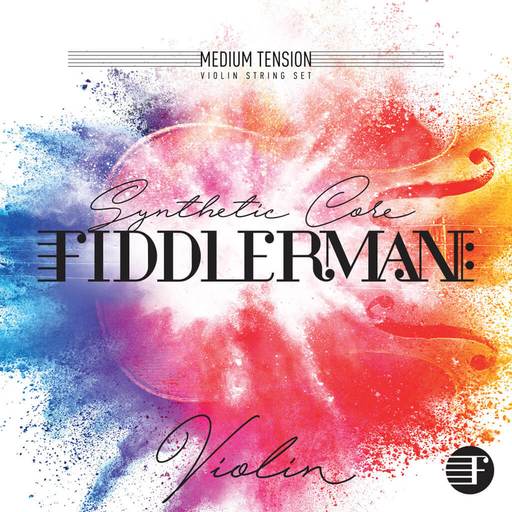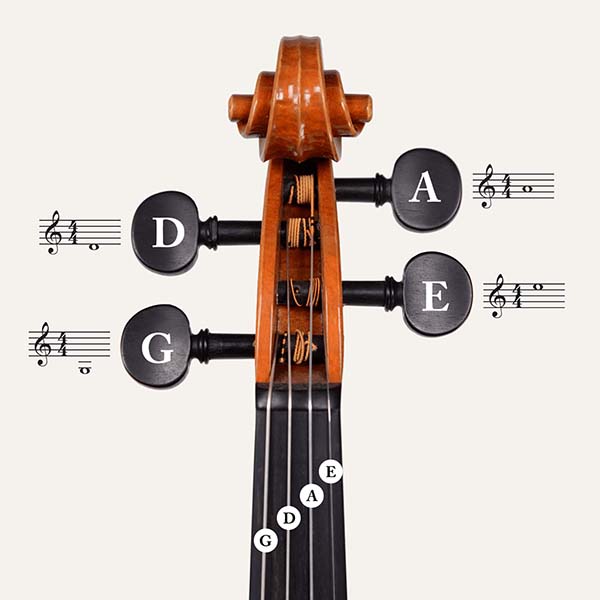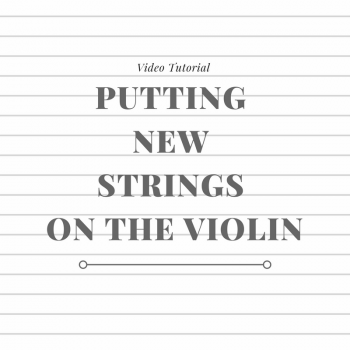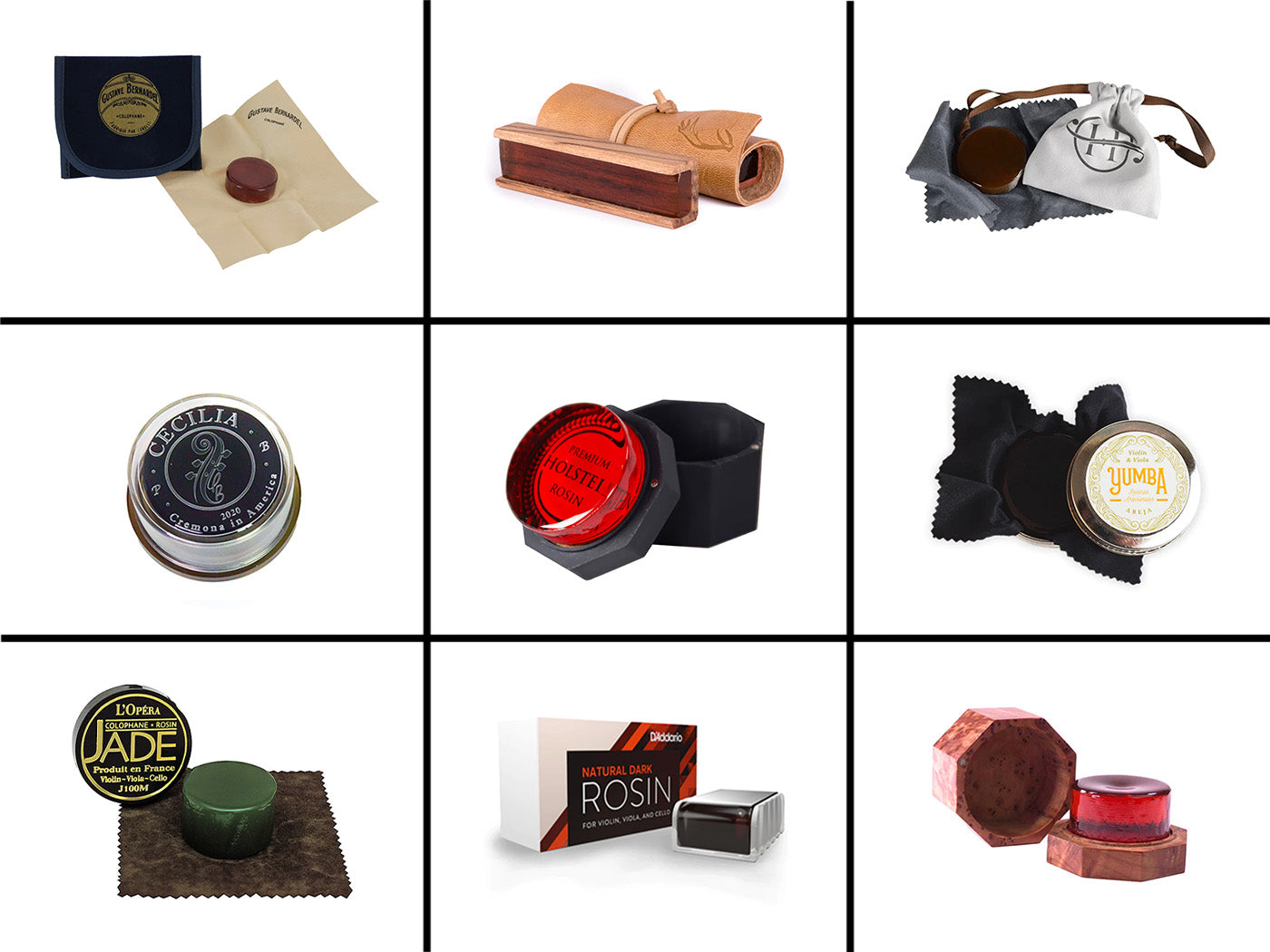Video Tutorial:
Dynamics & Tone Production
This subject is closely related to the phrasing tutorial posted a couple of days ago. Varying dynamics and tone gives music expression -- character. Without these elements, whatever we play will sound boring, even if technically proficient.
So, how do we control dynamics and produce a great tone from our string instruments? We need to work on the three elements of bowing -- bow speed, bow pressure, and bow sounding/contact point.
For dynamics, our sounding point will influence the volume of the instrument. For example, the closer one plays to the bridge, the louder the tone. The nearest to the fingerboard produces a weaker or lower volume. An even tone, mezzoforte, is usually obtained when placing our bow in between the bridge and fingerboard.
Bow pressure comes from the natural weight of our arm. However, as we get closer to the frog, we want to lighten up a bit, so we don't create a crunch sound. Pressure mixed with a sounding point close to the bridge gives off a Fortissimo effect. Of course, the opposite elements occur to play pianissimo --near the fingerboard, less or no arm weight (bow pressure).
We also want to angle our bow and steer it properly to produce a nice tone.
Watch Fiddlerman demonstrate below.







